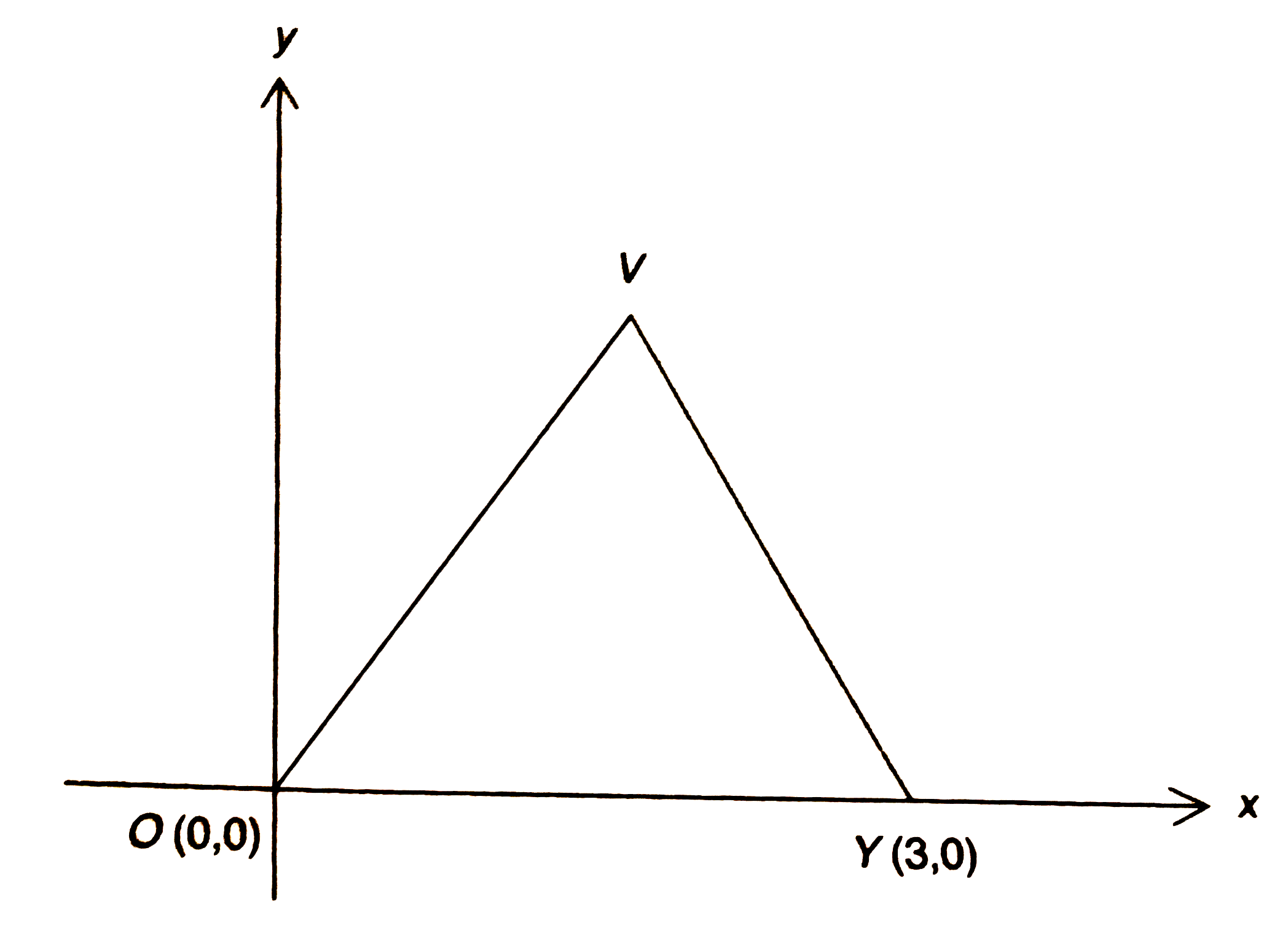Let f(x)=x2,g(x)=sinx,h(x)=√x, then verify that [fo(goh)](x) and [(fog)oh](x) are equal.
The correct Answer is:[fo(goh)](x)=[(fog)oh](x)=sin2√x
To verify that (f∘(g∘h))(x) and ((f∘g)∘h)(x) are equal, we will follow these steps:
Step 1: Define the Functions
We have:
- f(x)=x2
- g(x)=sinx
- h(x)=√x
Step 2: Calculate g∘h
We need to find g(h(x)):
g(h(x))=g(√x)=sin(√x)
Step 3: Calculate f∘(g∘h)
Now we need to find f(g(h(x))):
f(g(h(x)))=f(sin(√x))=(sin(√x))2
Step 4: Calculate f∘g
Next, we find f(g(x)):
f(g(x))=f(sinx)=(sinx)2
Step 5: Calculate (f∘g)∘h
Now we need to find (f∘g)(h(x)):
(f∘g)(h(x))=f(g(h(x)))=f(sin(√x))=(sin(√x))2
Step 6: Compare the Results
Now we compare the results from Step 3 and Step 5:
f(g(h(x)))=(sin(√x))2
(f∘g)(h(x))=(sin(√x))2
Since both expressions are equal, we conclude that:
(f∘(g∘h))(x)=((f∘g)∘h)(x)
Thus, we have verified that (f∘(g∘h))(x)=((f∘g)∘h)(x).
---
We have:
- f(x)=x2
- g(x)=sinx
- h(x)=√x
We need to find g(h(x)):
g(h(x))=g(√x)=sin(√x)
Now we need to find f(g(h(x))):
f(g(h(x)))=f(sin(√x))=(sin(√x))2
Next, we find f(g(x)):
f(g(x))=f(sinx)=(sinx)2
Now we need to find (f∘g)(h(x)):
(f∘g)(h(x))=f(g(h(x)))=f(sin(√x))=(sin(√x))2
Now we compare the results from Step 3 and Step 5:
f(g(h(x)))=(sin(√x))2
(f∘g)(h(x))=(sin(√x))2
(f∘(g∘h))(x)=((f∘g)∘h)(x)
Topper's Solved these Questions
- RELATION, FUNCTION & ITFBOOK - RESONANCE ENGLISHCHAPTER - RELATION, FUNCTION & ITFEXERCISE - SCQ_TYPE
96 Videos
- RELATION, FUNCTION & ITFBOOK - RESONANCE ENGLISHCHAPTER - RELATION, FUNCTION & ITFEXERCISE - MATCH THE COLUMN
2 Videos
- RELATION, FUNCTION & ITFBOOK - RESONANCE ENGLISHCHAPTER - RELATION, FUNCTION & ITFEXERCISE - SSP
55 Videos
- NUMBER THEORYBOOK - RESONANCE ENGLISHCHAPTER - NUMBER THEORYEXERCISE - Exercise -2 (PART - II)
4 Videos
- SEQUENCE & SERIES BOOK - RESONANCE ENGLISHCHAPTER - SEQUENCE & SERIES EXERCISE - EXERCISE -2 (PART-II : PREVIOUSLY ASKED QUESTION OF RMO)
3 Videos
Similar Questions
Knowledge Check
If f(x)=(4−x)2 and g(x)=√x, then (g o f) (x)=
 A|4−x|B|2−x|C√x(4−x)2D(√4−x)2
A|4−x|B|2−x|C√x(4−x)2D(√4−x)2If f(x)=1xandg(x)=0 then fog is
ANot definedBDefined ∀x∈RCDefined ∀x∈[0,1]DNone of these
If f(x)=2x+3,g(x)=1−2x and h(x)=3x then find fo(goh)
View SolutionLet f(x)=2x−sinx and g(x)=3√x . Then
View SolutionIf f(x)=√2−x and g(x)=√1−2x, then the domain of fog (x) is
View SolutionIf f:R→R,g:R→R defined as f(x)=sinxandg(x)=x2, then find the value of (gof)(x)and(fog)(x)and also prove that gof≠fog.
View SolutionIf f(x)=x−42√x, then f'(4) is equal to
View SolutionLet f(x)=x2+x+1 and g(x)=sinx . Show that fog≠gof .
View Solution
